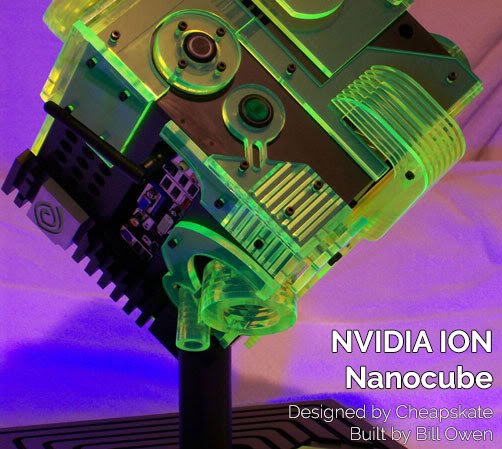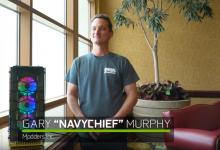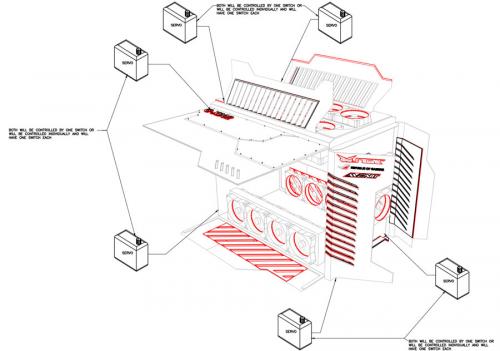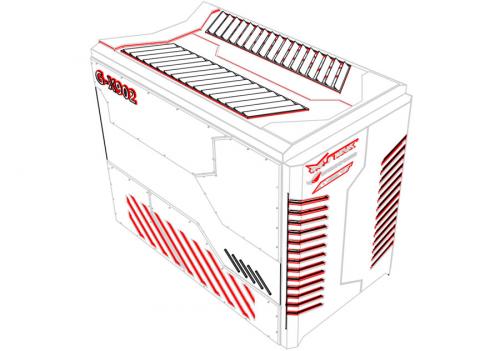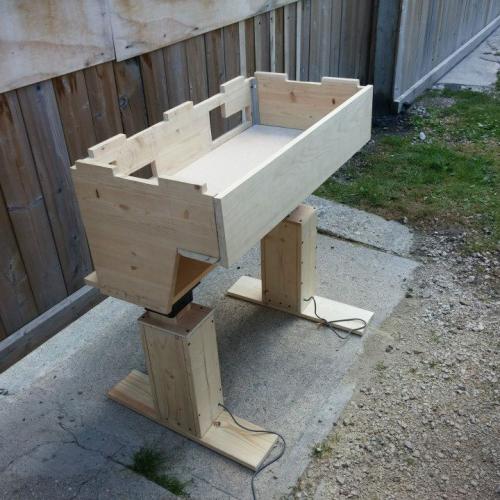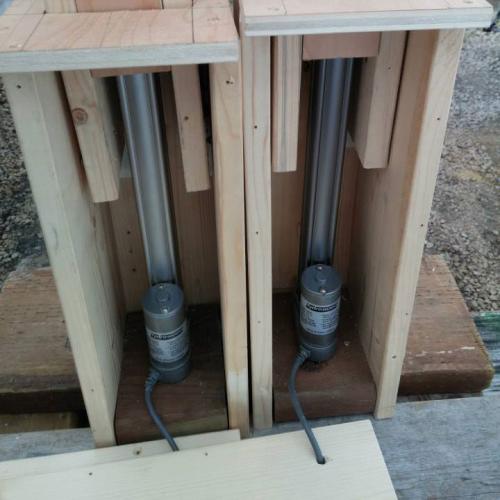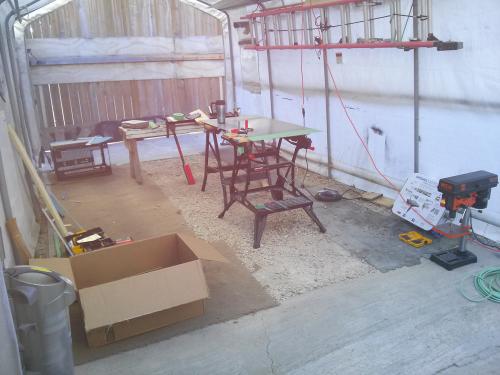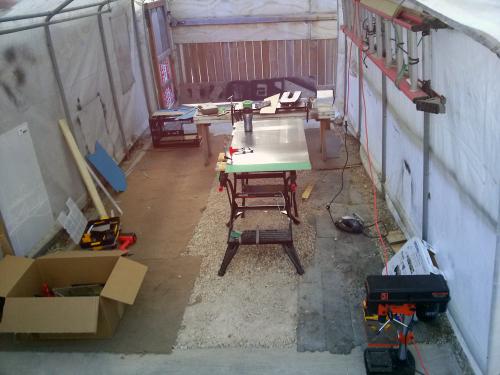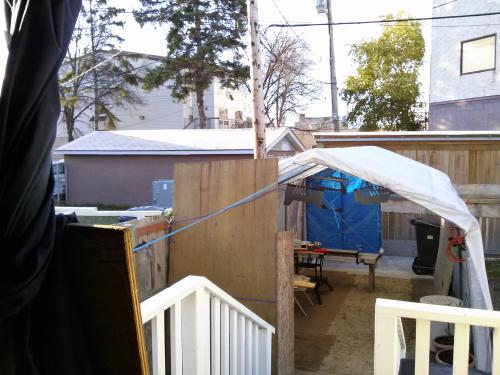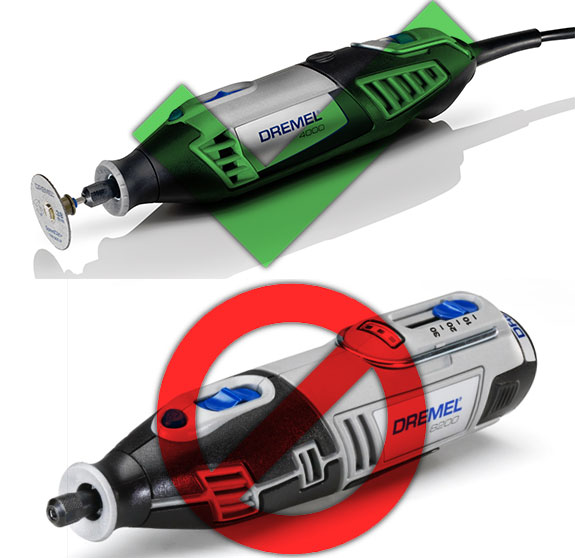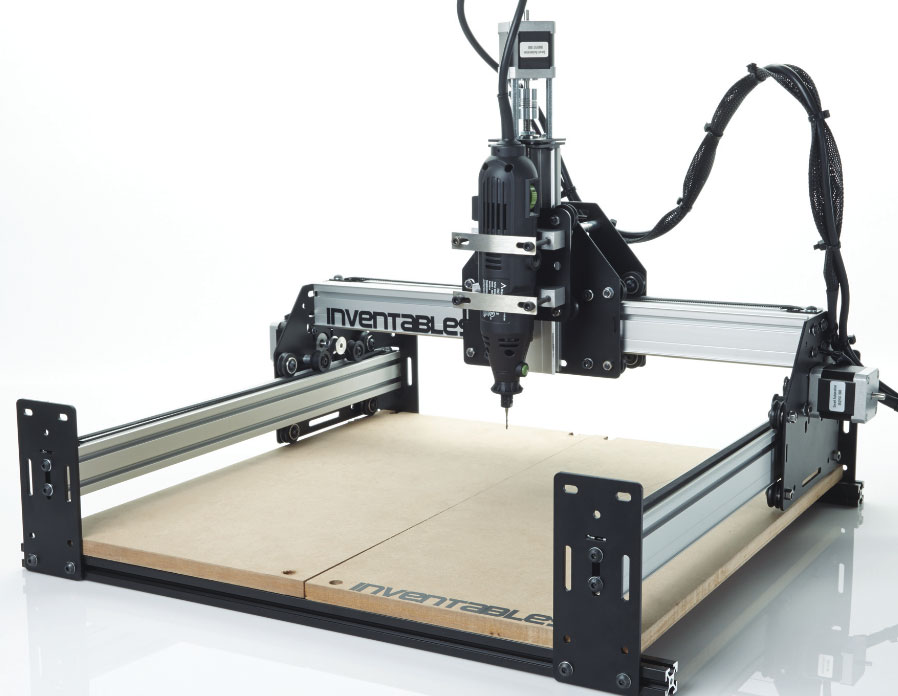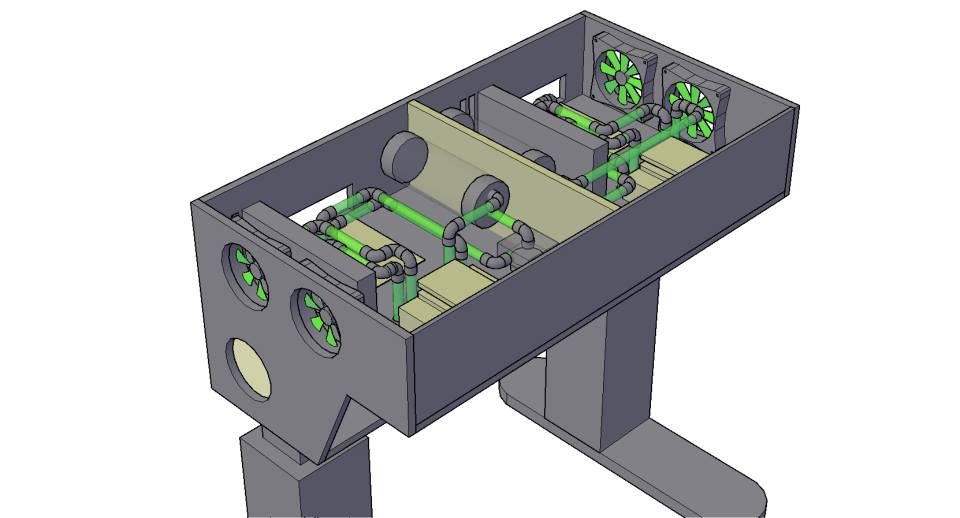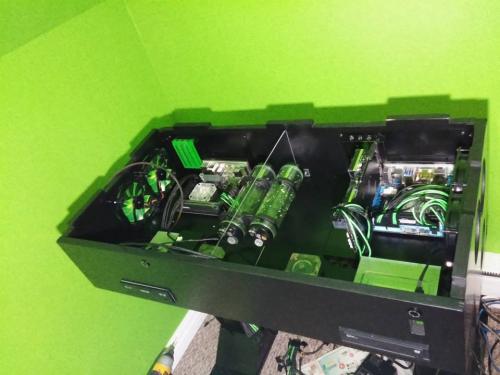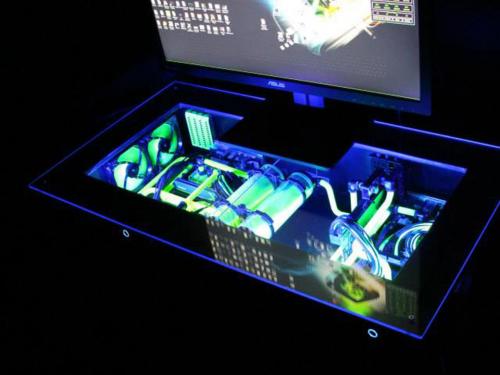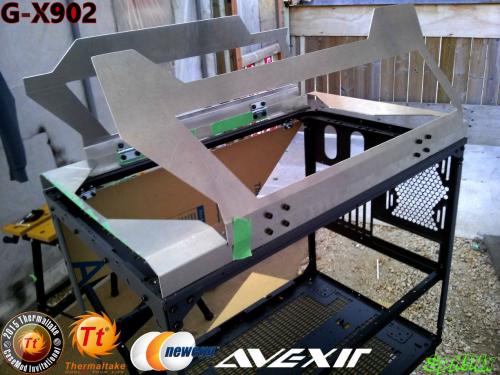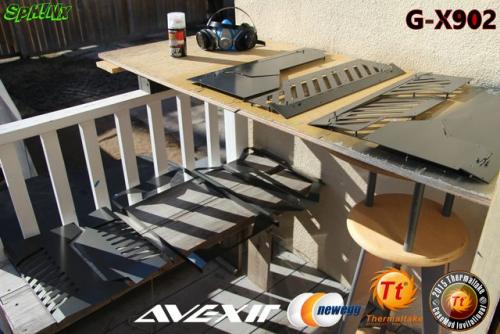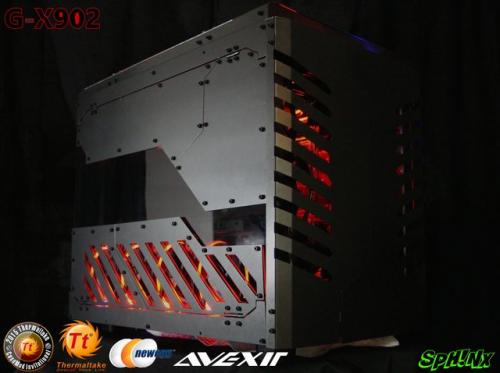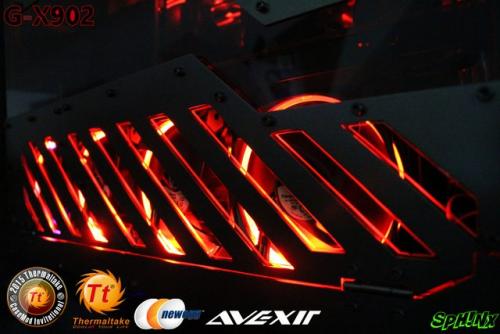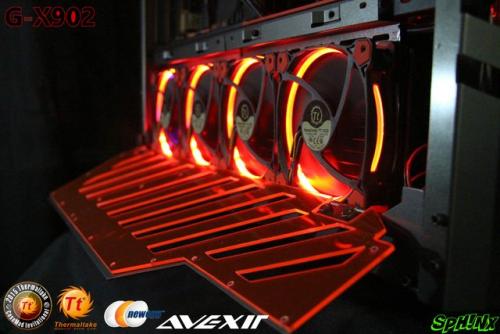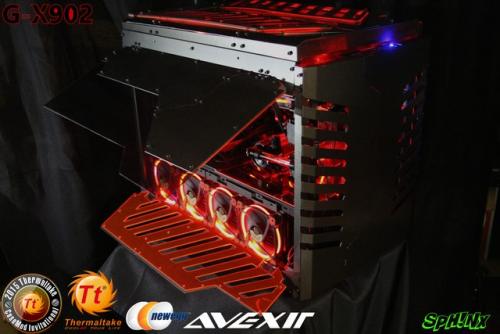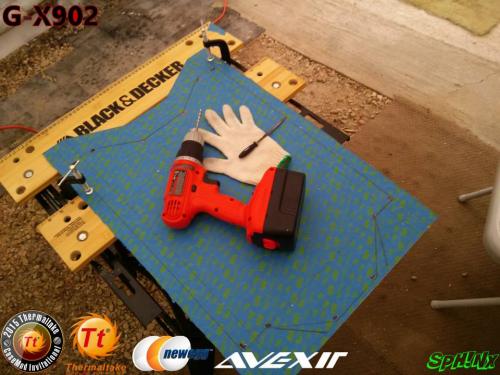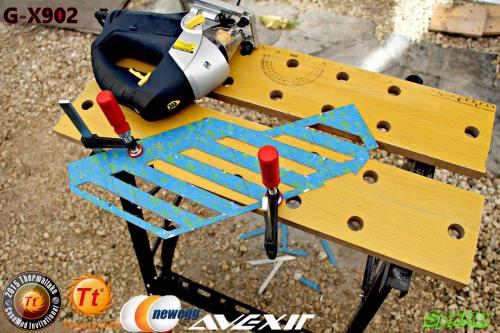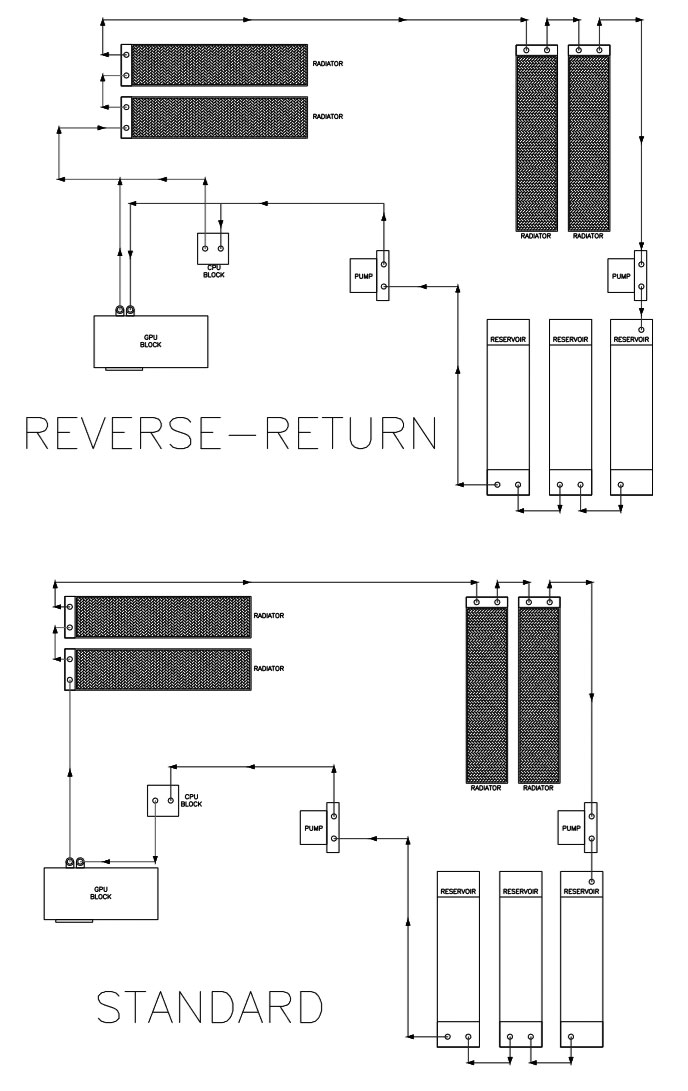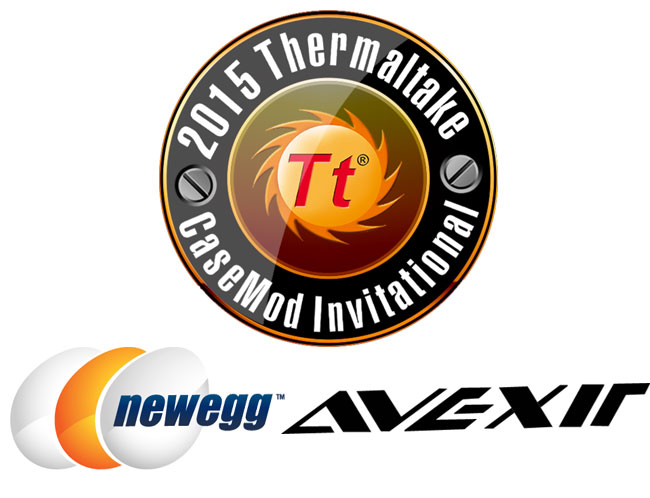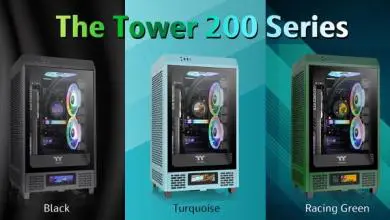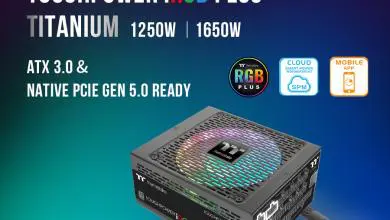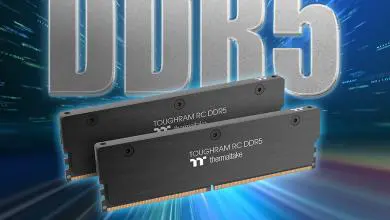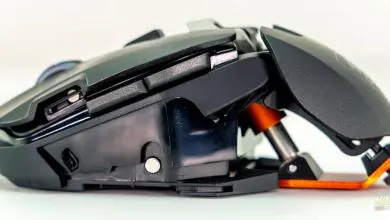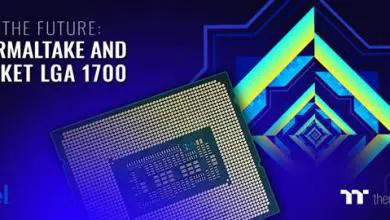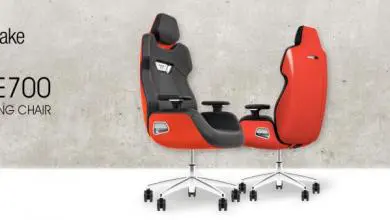Modder Spotlight: Jonathan Garlit

What got you started in modding? Were you always a creative person? Was it a gradual evolution from one creative outlet to another or was it a revelation of some kind after seeing a very good modding project.
Well, I love robotics as a kid but never had the chance to learn since robotics back then is not that popular compared nowadays and it’s kinda expensive too. I decided to jump in the modding scene when I built my first desktop gaming rig after 10 years.
I was a computer technician in my college days, but that was the era of “IDE Cables” and “Jumpers”. So I was pretty much “out dated” when it comes to computers. After I successfully finished the build, which was a mini ITX system, I was happy but not satisfied with how the rig “looks” like.
I am a sucker for Black and Neon Green theme/designs and I wanted my rig to have a black and green theme to it. Adding green LED strips on a black Bitfenix prodigy case didn’t quite satisfied me, so I decided to google if there are any computer cases that has a black and green theme at that time (2013), and found a very, very cool looking, custom cube case called “Nvidia Ion Cube”. It was made by Bill Owen and Cheapskate. And that was the time that I got inspired to make my own and try out modding. I am a sucker for technology and I love art. Modding kinda combines those two. So I guess we could go with the “revelation of some kind”.
You have described yourself as a “newbie” to the modding scene but your work shows some advanced techniques and very well executed designs. Do you have previous building experience in terms of carpentry, engineering or DIY that you apply to case modding?
Errr, this question is making me nervous. To be honest, I really don’t think that my techniques are that advanced. It just takes some time. I don’t have any experience with carpentry and general DIY and I am certainly not an engineer, but I currently am working for a mechanical engineering consulting firm as a CAD Draftsperson.
I mainly use CAD (MEP) to make my design for any case mod/scratch build projects that I have in mind.
Modders get their design inspiration from many different things including video games, movies, cars and even architecture. What would you say are the biggest aesthetic influences in your life that define your modding style and make your creations unique?
The Nvidia Ion Cube! Definitely! If you have seen that sick, awesome looking cube, you will understand why.
I am a very, very simple person, and I wanted that kind of personality to be incorporated in my work/mods. Simple but would still pack a little “wow factor” on them. And like I have said before, I like robotics so as much as possible, I like to incorporate a little bit of robotics in my projects.
My previous project called “Toxicity Machine DeskPC” had linear actuators on the legs. I have seen great and awesome desks projects, like the L3P Desk from Peter Brands, which inspired me to make the Toxicity Machine, but I wanted to make it a little bit unique than others, so I decided to add in a pair of linear actuators so I could adjust the height of the desk easily.
You live in Winnipeg, Manitoba where the average temperature eight months out of the year spans from -18.1C (-0.6F) to 10.9C (51.6F). Describe your workshop and working conditions. Do you have an indoor workshop in the basement or do you wait for good weather and work outdoors? Other than the cold weather, what challenges do modders in colder climates face and how have you coped with these conditions?
Oh God. I am so glad you asked this question. Okay, describe my workshop you asked? Well, it’s well ventilated (depending on the weather), well lit (depending on the weather), and spacious (again, depending on the weather). My workshop is basically my sister’s parking garage, or, tent to be exact. I usually wait for summer to start if I have a project in mind specially the ones that requires paint jobs. This is one of the many factors that I consider before proceeding on starting a project. It kinda affects the whole project. Having no workshop means I need to do all of the cutting, filling and sanding required in our basement. Our basement is huge, but since it’s full of stuff (old clothing, kid’s toys, exercise equipment, spare car tires plus our furnace and laundry/dryer machine), I only have a 5’x 5’ working area which is just too small for me. And I wont be able to, obviously, do paint jobs inside our house. So if winter coming, I always opt on using acrylic sheets as my material. Spring and summer, I’ll go with whatever material I wanted to use for that project.
What is your weapon of choice when it comes to modding? A tool you cannot live without and highly recommend (real actual hardware, politician answers such as “my wife’s support” does not count).
Well, since “my wife’s support” is out of the option……. Ever since I started modding, up to this very day, I have 4 main weapons for my modding arsenal. A ruler/measuring tape, a rotary tool (Cordless Dremel, and please, buy a dremel or any rotary tool that is corded, stay away from cordless ones), a good set of hand files, aaaaaaand, my good ol’, beaten up, jigsaw. Oh, and I almost forgot, COFFEE! Tons and tons of coffee! Extra sweet!
What other challenges do modders regularly encounter that you think most non-modders are not aware of?
Deadlines. Average people who aren’t into modding definitely have no clue on what the modder had to go through to finish up the “thing” that they are looking at.
Are there any popular misconceptions about modding that you want to dispel? What is the most annoying thing and what do you dislike the most about the modding hobby. Feel free to call out haters by name.
This is going to be a long one. “Modding is not about the latest and the greatest, it’s all about the creativity and artistic direction of the mod/project”. That was from a great modder named E.E.L. Ambiense. Ever since I heard that, it got stuck in my head. And the quote, literally, describes what “Modding” is all about. Modding doesn’t require you to have a custom liquid cooling loop on your build. Modding doesn’t require you to have a GTX Titan, the latest generation of i7 from intel, the fastest SSD and RAM in the planet. It’s all about how your mod turned out. It’s all about creativity.
I have been hearing this for a few years now. Using CNC/laser cutter = not modding. Using dremel, power tools = modding. Like seriously? Don’t get me wrong, I have a desktop CNC machine (shapeoko 2), but I haven’t used it yet on a project. I am still learning on how CNC works, and how to operate the thing efficiently, but come on! Machines like CNC and Laser cutters ARE MADE TO MAKE CUTTING MATERIALS EASIER AND TO SAVE TIME AND EFFORT. That’s all. Yes, using those machines are more accurate than using a rotary tool or a jigsaw and a set of hand files, but that doesn’t mean that you won’t achieve similar to close results using simple power tools. All you need is A LOT of time and effort. And coffee. So please, just stop. Modding is not about what tools you have used; it’s all about how it turns out in the end.
Hypothetically speaking. Let’s say an oil tycoon or a billionaire saw your work and wants to sponsor a modding project and if money is not an issue with your full creative control, describe what PC casemod project you intend to do with a time-limit of one year. You can buy any material, use any tool and even buy workshop space anywhere in the world but the caveat is that you cannot hire anyone or outsource any other work directly related to the mod.
Weeeeeeeell, the original idea that I had for my Toxicity Machine DeskPC is to have linear actuators on the legs of the table, which I did, and have a monitor stand that can support triple monitor setup with linear actuators on them too. Now, if, for some twist of fate, someone sponsored me to create something crazy and out of the norm, I would still go with a Desk PC, but I would make everything mechanical. Height adjustments of the table, the top cover of the table, lights, monitor stand, and even the chair. I have seen a video before wherein someone incorporated four or five high speed linear actuators on an office chair and it became, somewhat, a racing game simulation chair. That’s what I would like to do if money is not an issue. With a flick of a switch or a press of a button, everything will move according to your preferred, comfortable setup. Finger print scanners, voice command/control/recognition and such! I wanted to somehow incorporate those technologies to make a crazy, one of a kind case mod/scratch build project! That didn’t make any sense, huh? Ooh, ooh! And I would make a chair that can support VR (Virtual Reality) games. Specially racing games.
Back to reality. Let us talk about your casemod entry for the Thermaltake Invitational Season 2. What is the primary design idea behind this project?
Aaaah. Now this is a tough one. Okay, no offense to anyone, this is just my own reasoning behind the design that I came up with. Remember, this is my own, and mine alone. All the other entries for the Case Mod Season 2 are just majestic, very artistic and just, you know, awesome and sick looking. If you haven’t seen them yet, well, take a visit on one of the entries there, and see for yourself.
Here we go. The Thermaltake Core X9 is one of Thermaltake’s top of the line pc case. And for their marketing strategy, they wanted to show people what modders can do with their Core X9 case. So I thought to myself, if I am an average, pc gamer or rig builder and I am on CES or Computex, standing in front of Thermaltake’s booth, how am I going to recognize what I am looking at as their Core X9 case without anyone telling me that it is, in fact, a Core X9 case? If I’ll butcher the X9 case to the point wherein it’s not recognizable anymore as the Core X9, well, only a few or no one will know the full capability of the Core X9 case. So then, I decided to play around with the idea of changing all the panels of the case without drastically changing the “cube-ish” look or structure of the case.
I wanted people to see the full capability of the Core X9 case when it comes to supporting radiator sizes. I wanted people to see that you can put in x4 480mm or x4 360mm or x2 480mm and x2 360mm radiators with either push or pull or push/full fan configurations on each radiator and show them that this is what actually it will look like and still have plenty of room inside the case while having a bunch of radiators and fans inside. I wanted average consumers or builders to see that the Core X9 is actually a “beastly” computer case and not just a huge, box type computer case. And I wanted people who will look at the photos to know that I did that case mod on a huge, cube looking, computer case which is basically what the Core X9 looks like.
For the design of the panels, I was actually looking forward on using the ASUS Maximus Formula VII motherboard since I really like the armor of the board. I liked the design and the color scheme of it. So I thought, I’ll try to match the color scheme of the motherboard. So then I started to make some designs on CAD MEP with the same color scheme on it as the motherboard. And for the design/cuts on the panels, at first, I wanted to do a gundam themed design on them, but with the skills that I have right now, I am pretty sure that I wont be able to do it. So, I went with some gundam “ish” cuts and lines for the fan grilles. Again, no offense to anyone who will be able to read this, that’s just my own idea and the reason behind the design that I came up with.
You used aluminum and acrylic. Why did you pick these materials?
I have worked with acrylics before for my previous projects, they are pretty much easy to work with. I have never used 1/16” and 1/8” thick aluminum sheets before for my projects and I was kind of intrigue if normal power tools, like a jigsaw, could cut through them easily. And since I am making side panels for my build, well, I don’t think using acrylic to make all of the side panels is a good idea, so I went with aluminum and acrylic.
How satisfied are you with the finished project? Are there any things you would have changed/added if there are more time to do so?
Aw. This question is just depressing. I actually, originally had the idea of approaching the liquid cooling loop in a different way. Instead of going with the “standard” tube routing (res to cpu block to gpu block to radiators to pumps and back to res), I learned this at my work. I wasn’t able to try it out in this build simply because I ran out of time. It’s called “reverse-return” loop. In theory ( well, my own theory ), the heat from the cpu water block is being carried towards to the gpu water blocks, which really, doesn’t help the gpu to cool down. I mean it does, but there is still some heat being transferred from the cpu block to the gpu block. In the reverse-return loop, there will be no heat transfer from one block to another block. I don’t make any sense, huh? Well, I have attached a .pdf file that I have drawn. You will see 2 schematic drawings of loops in the file. See how the red line (warm liquid/coolant) from the cpu block is being carried to the gpu blocks? And in the reverse-return piping, there are no red lines (warm coolant/liquid) being carried from the cpu block to the gpu water block/s. I’ll just stop now. I can’t even understand myself. But if someone is interested in doing an experiment with this type of loop, please do so and let us know if it made any difference with temperature.
Is there a new technique or experiment you want to try to incorporate next in your project that you have not tried before?
Yes! I will definitely try out the reverse-return loop.
Thank you for your time Jonathan and for the candid answers to the interview. Are there anything you would like to promote or want to give a shout-out to anyone?
First off, I would like to say thank you to Mr. Ron Perillo for this interview and to Modders Inc. You guys rock!
And a very, very huge thank you and shoutout to Thermaltake Technologies, to Kenny Lin for making me a part of their Case Mod Invitational Season 2! You guys have no clue how thankful I am to you! To all the sponsors of the competition, Newegg, Tt eSports, and Avexir, thank you, thank you, thank you so much for this great opportunity! I have learned A LOT from this experience. Again, thank you, thank you, THANK YOU SO MUCH!
I would like to say thank you too to a few of my friends who gave their 110% support to me for this competition. Mickee Boy Lacerna, Jessie Palacio, Von Carlo Rasonabe, Andrew Lee Adanza, Erickson Corales and Boss Mac of Back2gaming.com! These are just a few of my friend who whole-heartedly gave their support and kept pushing me to exceed my limits!
And to all the competitors for the Thermaltake Case Mod Invitational Season 2, you guys are awesome! And I am honored to be competing with some of the best case modders out there! I have learned a lot from you guys too! Again, thank you, thank you, thank you so much!
See Jonathan’s full build log for the Thermaltake Case Mod Invitational Season 2: http://community.thermaltake.com/index.php?/topic/2074-canada-jonathan-garlit/
You can listen to Jonathan with Jessie Palacio, Mikee Boy Lacerna and Andrew Lee on the new Mods for Nabs podcast on YouTube: https://www.youtube.com/channel/UCAlimVup8a_Rw9RQQG5FHeA
